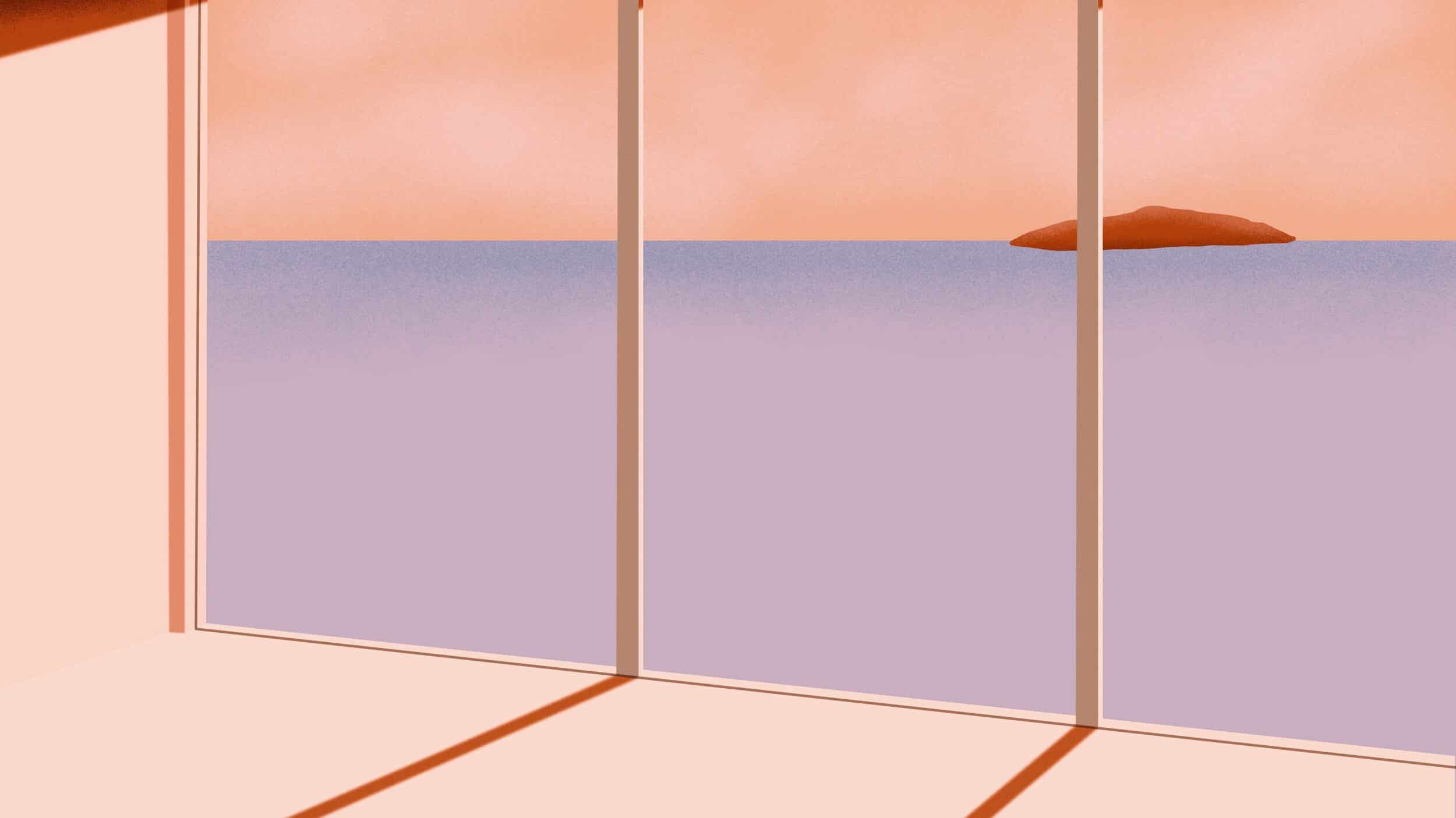When looking for some wall art to frame for our homes, many of us will turn to the beauty of the natural world, perhaps selecting a tranquil coastal scene, or an inspiring mountainous vista. However, some of the best photographers working in the UK today look beyond the obvious and capture something truly unique and awe-inspiring.
The winners of the British Wildlife Photography Awards have just been announced, which saw over 14,000 entries from photographers who are based in the UK. The aim of the awards is to celebrate the wealth and diversity of Britain’s natural history, and to bring the beauty of the landscapes, species, and habitats of the UK to a wider audience.
The overall winner this year is a photograph titled ‘Ocean Drifter’ by Ryan Stalker. It also won the Coast and Marine category, and features a football that is covered in goose barnacles below the waterline. The football had been washed up on the Dorset coast after crossing the Atlantic.
The image is stunning and technically brilliant, and also raises poignant questions about our relationship with the aquatic environment. The football may have entered the sea from the Caribbean islands where the barnacles are native, and spent several years drifting around in the ocean, before being carried by the tides to the shores of Dorset.
According to the International Union for Conservation of Nature and Natural Resources, at least 14 million tonnes of plastic end up in the ocean every year, and it is estimated that 80 per cent of all marine debris is made up of plastic. About half of the plastic manufactured in the world is for single-use items that cannot be easily recycled.
In seawater, plastic breaks down into microscopic particles that are ingested by fish and other marine creatures, which then makes its way into the food chain and threatens human health. Larger pieces of plastic entangle and choke marine species, threatening biodiversity and causing suffering to wildlife.
Floating plastic waste in the ocean also helps to transport invasive marine species, which could choke out native marine life and weaken the biodiversity of the area. The goose barnacles in Stalker’s photograph may be able to survive in the UK owing to climate change and global warming, which could take food sources away from native marine species.
Stalker commented: “Ocean Drifter is a photo of a football that is covered in goose barnacles below the waterline. Above the water is just a football. But below the waterline is a colony of creatures. The football was washed up in Dorset after making a huge ocean journey across the Atlantic and then returned to the sea for the photo to be taken.”
He added: “Goose barnacles are not native to the UK but can wash up on our shores during powerful Atlantic storms. Although the ball is waste and should not be in the sea, I do wonder about the journey the ball has been on.”
The Animal Portraits category was won by Mark Williams with a photograph titled ‘Starling by Night’, of a common starling that was taken in Solihull, West Midlands. The bird is preparing to land, and the photograph manages to capture the flight trail, while the down spread wings of the bird are foregrounded in crisp detail.
Speaking to BBC News, Williams commented: “I had been observing the birds in my garden as they fed on sunflower seeds and peanuts from the feeder for some time. I aimed to capture the sense of movement and flight patterns in my images while still preserving the fine details of the birds.”
“Timing was crucial, and I needed to carefully balance the flash with the ambient light to record the starling’s trail at the beginning of the exposure, while a brief burst of flash would freeze the bird in mid-flight.”
The Botanical Britain category was won by a striking image of slime mould by Jason McCombe. This may not seem to be a very photogenic subject, but the picture titled ‘Tiny Forest Balloons’ has an intriguing alien quality.
McCombe commented: “The world of slime moulds is fascinating. They’re neither plants nor fungi. They’re just so small that if you are not looking for them you will simply overlook them. Each head on these fruiting bodies is approximately 1mm wide.”
The winning images will tour around the UK in a travelling exhibition, and be published in a collection book.
